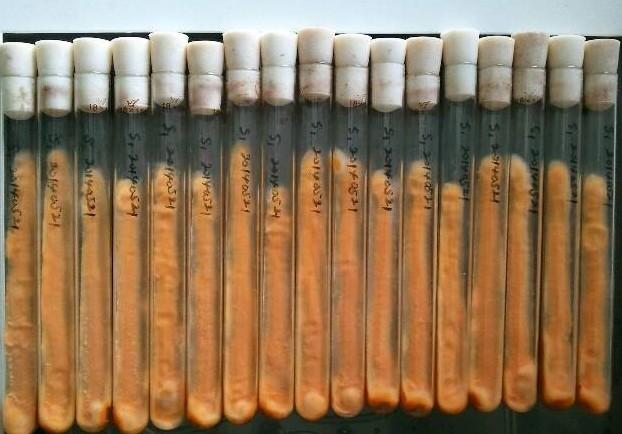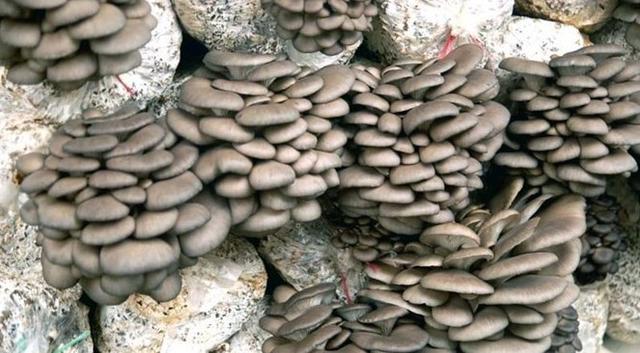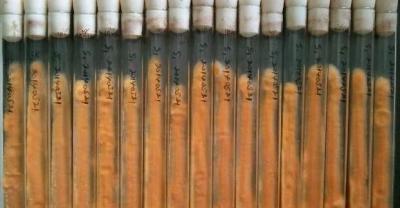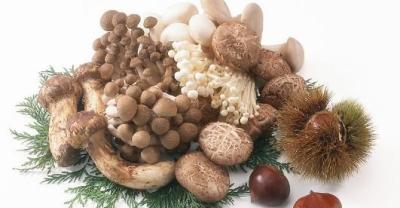Matters needing attention in cultivation techniques of Edible Fungi in Summer
The high temperature in summer restricts the cultivation of many edible fungi. How to cultivate edible fungi in summer and how to make use of edible fungi in off-season to generate economic income is the concern of many mushroom farmers. Now, combined with years of practical experience in summer cultivation, I would like to share with you.
First, in the selection of bacteria

Selection of bacteria
In the selection of bacteria, the varieties suitable for cultivation should be selected according to the local climatic characteristics, and the strains with strong, high quality and disease resistance should be selected instead of aging or contaminated strains.
II. Fine management
Pay attention to the hygiene of raw materials, bacterial bags, and tools. The waste should not be piled near the cultivation room and must be used after high-temperature composting. The new and old bags in the cultivation room must be separated and stored separately and must not be stacked together in order to achieve strict sterilization and disinfection. After each mushroom harvest, clean up the mushroom root, rotten mushroom and the mushroom falling on the ground in time, and clean the mushroom room in time and strictly disinfect it.
III. Scientific breeding of bacteria

Scientific cultivation of mushroom
For different kinds of edible fungi, it is necessary to scientifically regulate the temperature, humidity, light and PH value of the culture room according to the requirements of growth and development conditions, and properly ventilate and ventilate the hyphae to promote the healthy growth of hyphae and prevent the adverse environment of high temperature and humidity. In the selection of strains, the proportion of culture materials, pile fermentation, inoculation and mushroom management, we should strictly control the cultivation of strong mycelium and fruiting bodies. Enhance its disease resistance.
IV. Fertilization
Spraying peptone and yeast extract solution can thicken the mushroom body and promote the change of tide, and spray rice vinegar. In the middle and later stage of the growth of Pleurotus ostreatus, spraying the mushroom surface with 300 times edible rice vinegar can promote the yield and whiter the color; spraying the extract of culture material can prolong the peak period of mushroom production and make the fruiting body thicker; spraying glucose and calcium carbonate solution can promote the growth of mycelium.
5. Water management

Sprinkler irrigation of edible fungi
Mushroom rooms should always be well ventilated, and the air relative humidity should not exceed 95%. When the natural temperature reaches 16 degrees Celsius, irrigate the border once, and then spray water once in the morning, in the middle and in the evening. Spray water into the space and the ground as far as possible, not on the fruiting body. It is best to spray warm water basked in the sun in the low temperature season.
VI. Temperature management
The temperature of the mushroom shed had better be controlled at 10 Murray 18 degrees Celsius. When the temperature is relatively low, extend the daylight exposure time during the day and cover the grass curtain strictly at night. When the temperature is high, cover the grass curtain during the day and open it at night.
VII. ventilation management
When the temperature is high, the grass curtain should be opened and ventilated for 3 hours every day, the low temperature and strong wind weather is less ventilated; the ventilation is increased before and after water spraying in the morning and evening, the mushroom bud differentiation period is less ventilated, and the mushroom bud growth period is more ventilated.
8. Lighting management
During the growing period of mushroom buds, there should be stable scattered light, persist in drying 1 / 2 hours in the morning and evening, increase the direct light of low light, and avoid the direct light of strong light when you produce mushrooms.
IX. Prevention and control of diseases and insect pests

Control of diseases and insect pests
The resistance of edible fungi to pests is weak, and it is not easy to control the occurrence of edible fungi. We should adhere to the principle of giving priority to prevention and comprehensive control, mainly from the selection of anti-virus varieties, physical control, biological control and strengthening cultivation management to achieve the purpose of control.
- Prev

What kinds of edible fungi are there?
Edible mushrooms refer to mushrooms with large fruiting bodies, commonly known as mushrooms. There are more than 350 kinds of edible fungi known in China, including Lentinus edodes, straw mushrooms and mushrooms.
- Next

Preparation method of edible mushroom cultivation seed
Cultivated species of edible fungi are expanded from original seeds, and all original seed culture media can be used to prepare cultivated species. The preparation of the culture medium of the cultivated seed is basically the same as that of the original seed.(...
Related
- Fuxing push coffee new agricultural production and marketing class: lack of small-scale processing plants
- Jujube rice field leisure farm deep ploughing Yilan for five years to create a space for organic food and play
- Nongyu Farm-A trial of organic papaya for brave women with advanced technology
- Four points for attention in the prevention and control of diseases and insect pests of edible fungi
- How to add nutrient solution to Edible Fungi
- Is there any good way to control edible fungus mites?
- Open Inoculation Technology of Edible Fungi
- Is there any clever way to use fertilizer for edible fungus in winter?
- What agents are used to kill the pathogens of edible fungi in the mushroom shed?
- Rapid drying of Edible Fungi

